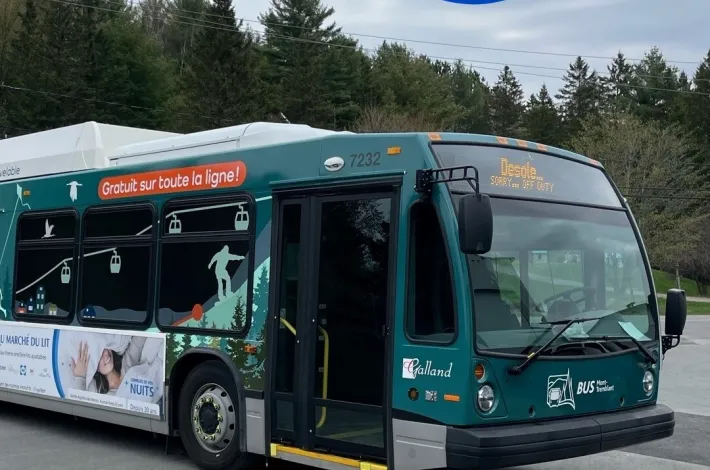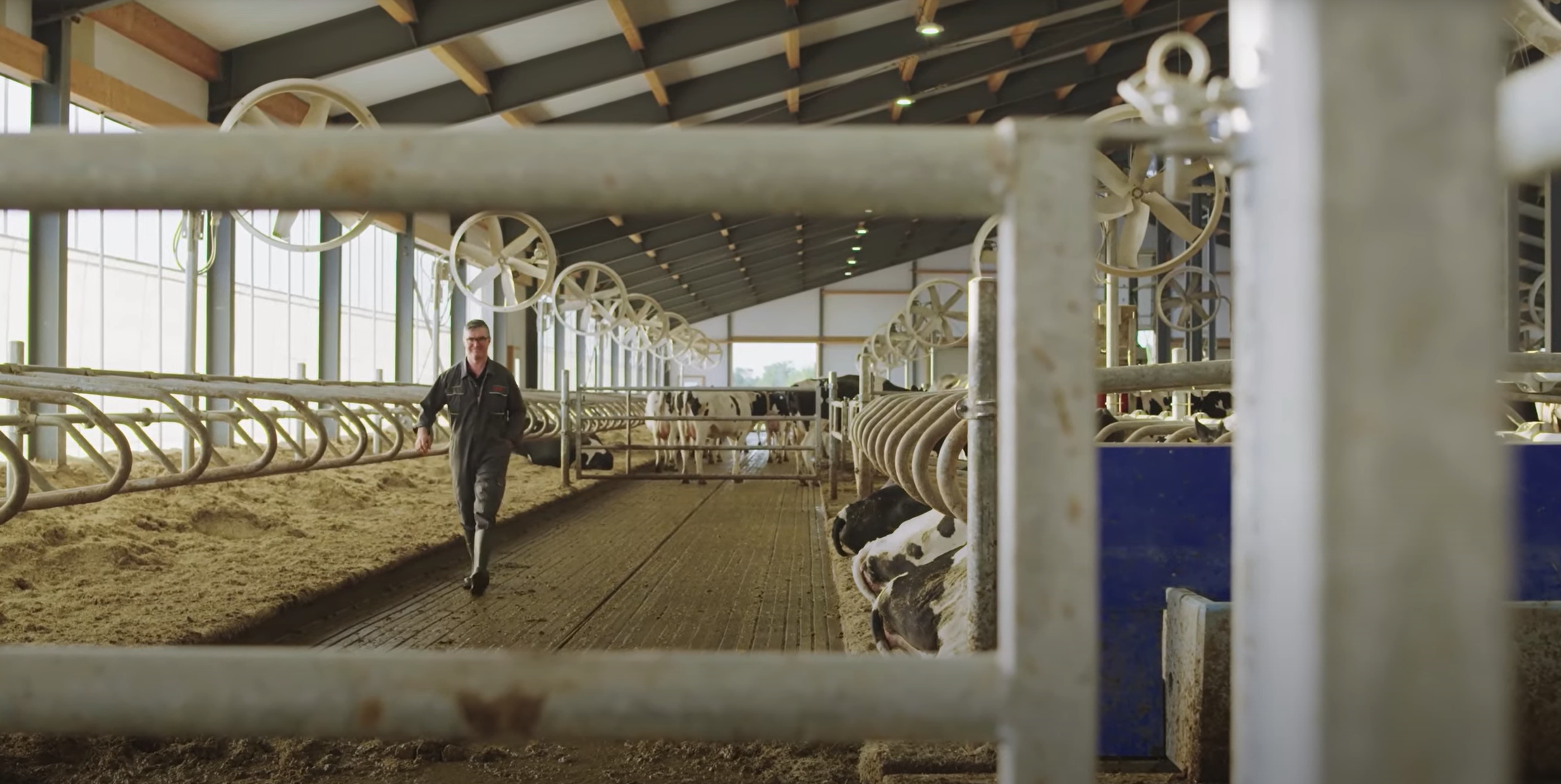
Energy production: The extraordinary power of cow dung

Ever heard the saying, “Nothing is lost, nothing is created, everything is transformed?” This statement by Antoine Lavoisier, the renowned 18th-century French chemist and philosopher, takes on its full meaning when applied to recovering manure. That’s right, excrement—once considered undesirable waste—can be transformed into a sustainable energy source and is much “cleaner” than you think! Here’s how…
Technological advances
While an increasing number of Quebecers are aware that the household waste they put in their brown bins (or bags) can be recovered, much less is known about the recovery of agricultural waste (manure, cereal grain residues, etc.). Yet, for our neighbours to the south and some European countries, this sector is already developed and uses a technology that is now well established: agricultural biomethanation.
Dung to the rescue
Agricultural biomethanation consists in placing agricultural organic residual materials, such as cow dung, into a digester, a massive vat whose action resembles that of a stomach. Over several weeks, the heat causes the naturally occurring bacteria in cow dung to decompose it, producing methane which can then be used as an energy source. In other words, fecal matter once considered useless pollution now helps produce local, renewable, carbon-neutral energy, which can replace fossil-fuel-based natural gas and thus reduce GHG emissions. Furthermore, biomethanation generates a byproduct called digestate, which can be used as a natural fertilizer instead of chemical fertilizers.
A valuable natural resource
Cow dung recovery (and, more broadly, agricultural biomethanation) is a process that is beneficial to the environment as well as to the operators who use it, whether individually or as part of community initiatives. It allows them to bolster revenue through the sale of renewable natural gas to communities or businesses in the energy sector, produce fertilizer for their own needs, and support a circular economy, or in other words, to optimize the use of the resource and reduce the carbon footprint of natural gas production. In short, this process generates wealth and contributes to sustainable development—not bad for a pile of poop!
With its biomethanization complex, the Coop Agri-Énergie Warwick will be the very first agricultural cooperative dedicated to the production of renewable natural gas in Québec. This project, which brings together about ten agricultural producers, will produce renewable natural gas using manure, manure and various organic residues from businesses in the region. Each year, more than 2 million m3 of renewable natural gas will be injected into the natural gas network; enough to supply more than 1,000 homes with renewable energy!
Future matter
Although biomethanation is in its infancy in Québec, France, for example, already boasts 650 agricultural methanation units and is aiming to have 1,000 by 2020. Closer to home, dairy farms such as Vermont’s Blue Spring Farm sell electricity produced from the biomethanation of cow dung to Green Mountain Power, a U.S. subsidiary of Énergir. This technology can also be used to produce renewable natural gas (RNG) that can be injected directly into the gas network. According to a 2018 study by WSP and Deloitte, biomethanation, or recovering organic food, agriculture and industrial residue, could also play an increasingly important role in RNG production in Québec. The report titled Renewable natural gas production in Québec: A key driver in the energy transition shows that if Québec uses its full production potential, RNG could account for close to two thirds (66%) of the volume of gas distributed in 2030 and prevent 7.2 million tonnes of GHG emissions—the equivalent of 1.5 million cars! Now that you know a little more about the potential of cow dung, here’s betting you’ll never see these animals in quite the same light again!
You may also like...



Energy, Sustainable development
Énergir and Quebec City, united for waste recoveryPopular articles

The Maslow energy efficiency pyramid: A winning approach to successful energy efficiency projects
See the article
Coop Agri-Énergie Warwick, a model of environmentally responsible agriculture
See the article
Saving energy while keeping customers comfortable: the winning recipe at Marchés IGA Lambert
See the article